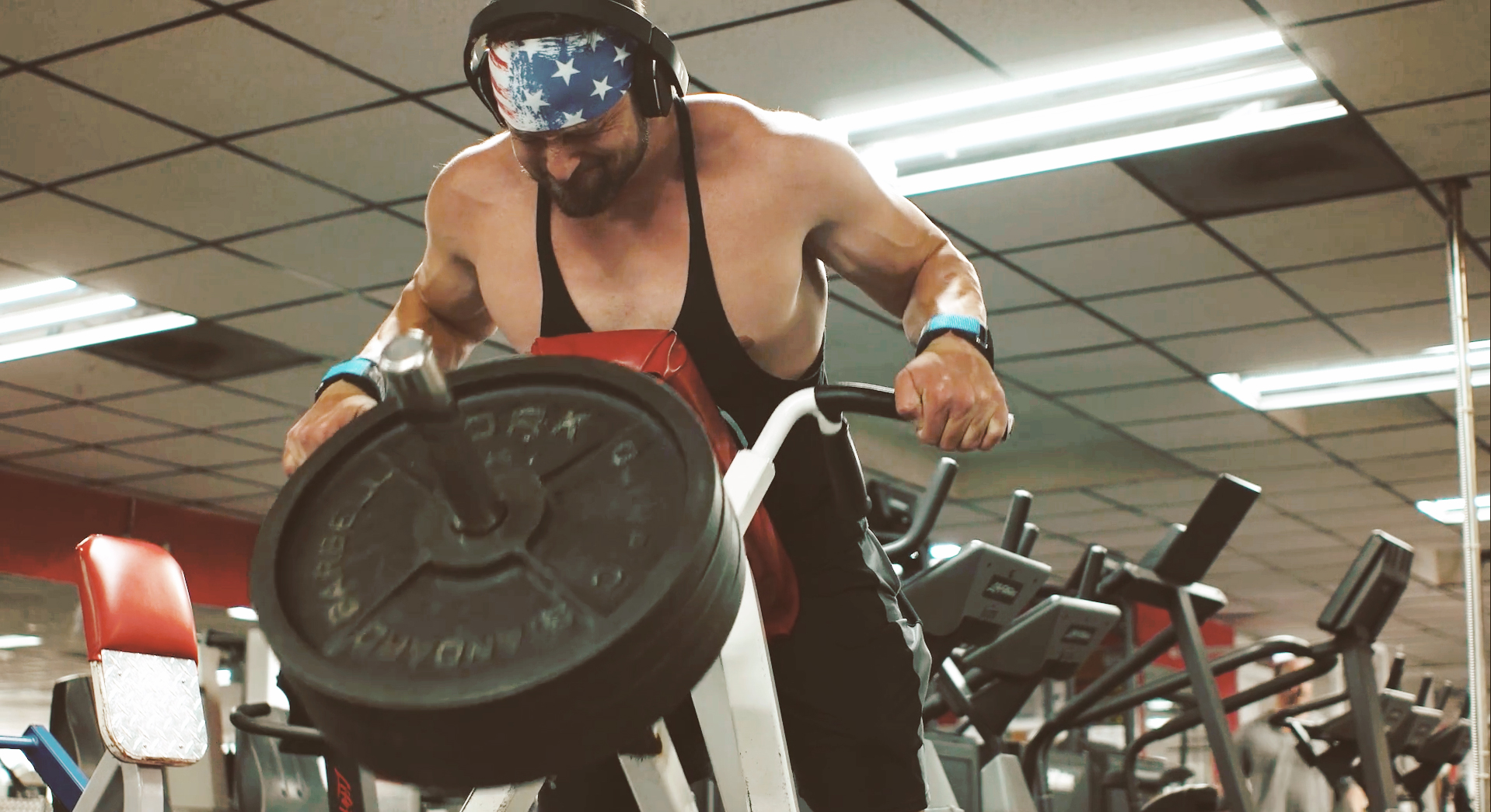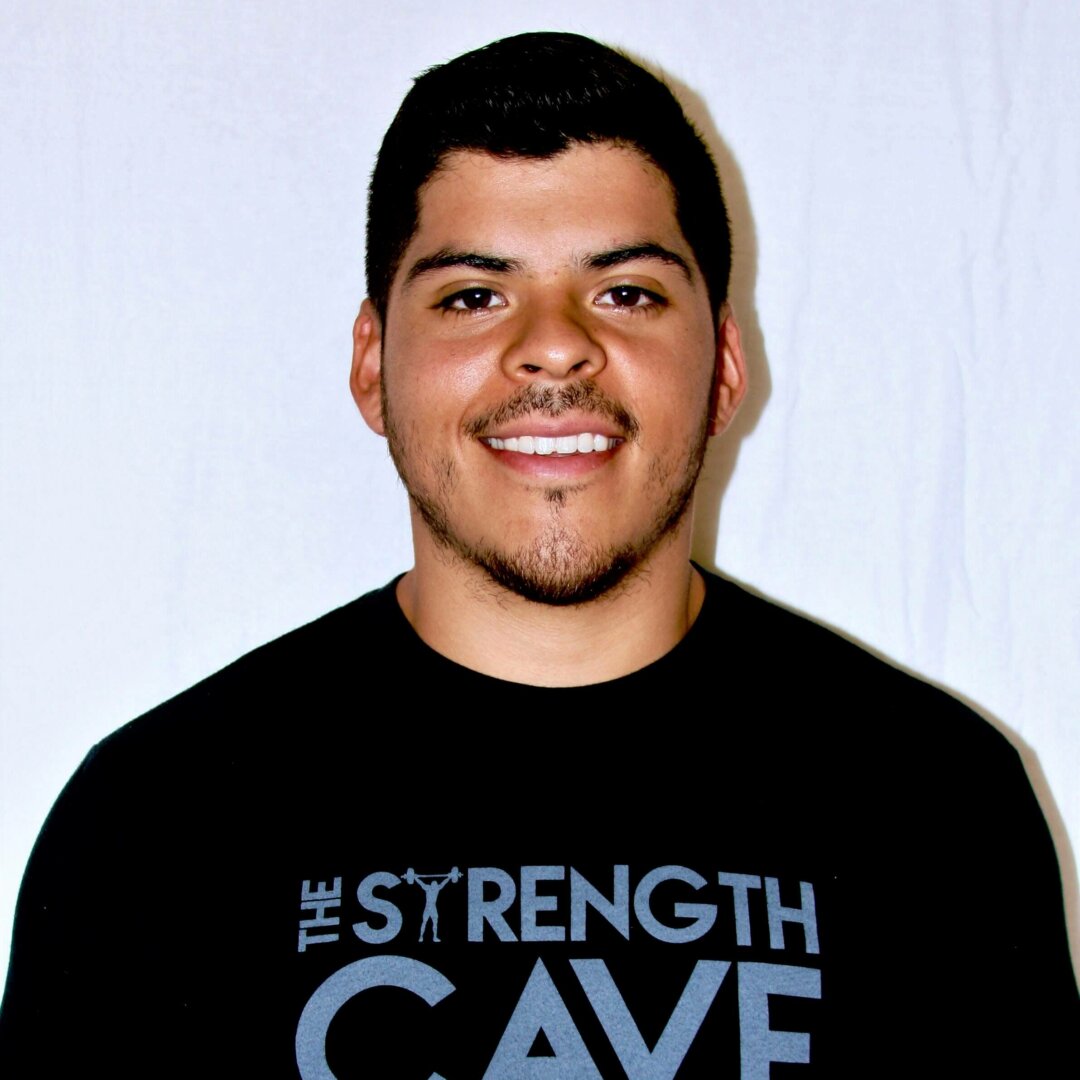The wide world of sports has grown tremendously over the past 50 years. Athletes of all kinds are capable of performing at levels we never could have imagined in the past. Sub 10 second 100 meter dashes, marathons in just over 2 hours, and 1,000 pound back squats are just a few of the examples we can point toward.
Just as these athletes have improved tremendously, so too have our efforts to monitor their progress. This is especially true in the realm of endurance sports where different models of load, volume, and intensity quantification have been used to guide training efforts. Even on the strength side of things, coaches and athletes have turned to tracking load over the course of a training cycle. This allows us to gain insight into what level of work may be best during different times of a given cycle.
But is this enough data to really get a full picture of what is going in under the hood? Volume and intensity offer a somewhat one dimensional look at how the athlete might be responding to their training stimulus. They provide only a quantitative representation of things. This leaves the qualitative side of the equation left unrepresented. In truth, both factors need to be taken into account in order to offer the best prescription. While there are many ways to assess and monitor qualitative athlete data, the sports science techniques mentioned in this article may be ones you want to give a try.
Heart Rate and HRV
It is obvious that our hearts are absolutely crucial to our efforts as athletes. In exercise physiology, the focus is often on how much blood the heart can pump out to the body as it represents the total capacity for oxygen delivery. For acute performance considerations, this is an important concept to track and measure. However, if we want to monitor the way an athlete is responding to a given exercise load, we don’t actually have to get so complicated.
Heart rate in and of itself can tell us quite a bit about the physiological response to exercise. Tracking metrics such as resting heart rate, average exercise heart rate, and even max heart rate over time is all you might need. You see, the heart is heavily influenced by our parasympathetic and sympathetic nervous systems. During times of stress (i.e. exercise), parasympathetic tone is removed from the heart and sympathetic tone is increased. The opposite is true for times of rest and relaxation. Therefore, the connection between heart rate metrics and chronic training status lies within the nervous system.
It has been shown that morning resting heart rate becomes elevated during times of high stress and especially during overreaching/overtraining, which makes resting heart rate a good predictor of overtraining [2]. This is likely due to chronic elevation in sympathetic tone that accompanies the overtrained state. Furthermore, studies show that during times of overtraining, submaximal heart rate and maximal heart rate are depressed during exercise [5]. Both of these heart rate monitoring techniques (rest and exercise) can give valuable insight into when it’s time to push the gas or let off a bit. The great thing is that obtaining these metrics is fairly simple and noninvasive, which makes them easy and effective tools to use for athlete monitoring.
Taking things one step further with respect to heart rate could actually give a more precise look into an athlete’s status. Researchers have been using heart rate variability (HRV) as a metric to predict disease states in patients for quite some time. To put it simply, HRV measures how much variation there is in the time that passes between each beat of the heart. In general, healthier states are indicated by greater heart rate variability. Clinicians would use HRV as a measure of how sick the body has become.
Sports scientists have taken notice of HRV as a tool to monitor the well-being of their athletes. HRV also responds to changes in the nervous system such that overtraining results in sympathetic nervous system domination and decreased HRV [8][9]. Thus, HRV may be more sensitive than heart rate at predicting impending overtraining. HRV may show a marked decrease during times of incoming illness, or perhaps during simple overreaching. This would help you to predict decreases in performance and adjust accordingly. What is even more useful is that HRV could be used to predict certain fitness parameters when measured during exercise and has been shown to be effective in guiding daily exercise prescription [6]. This means that you could increase or decrease the intensity of exercise based on the athlete’s HRV for a given training day. While it may take several months to adapt toward an athlete, this tool could be very useful in the long run.
Physiological Load
One of the most popular methods of assessing training load in strength sports is tracking the volume and intensity of an athlete’s training program. Simple tonnage calculations such as reps*sets*weight can provide good information about how much work an athlete is doing. This is often paired with some form of intensity tracking such as percentage of estimated one rep max, which shows how hard the athlete was working to accomplish a given workload. However, this type of tracking only gives insight into how much and how hard the athlete likely was working. It does not directly measure how much and how hard the athlete themselves feel they were working.
This may seem a bit silly to pick on at first but let’s explain the difference. When coaches look at the volume and intensity that their athletes are accumulating, they often have a predisposed idea of how those numbers stack up for an average athlete of theirs. However, the true perceived stress that the athlete encounters from a given volume is often different from the assumed stress that the coach attaches to that same workload. In fact, research has shown that the perception of a given training dose is often much different between coaches and athletes [1]. This is why a more specific form of training load measurement might be needed.
Session RPE is a simple metric which represents the difficulty that an athlete perceives from a training session. It is relatively easy to obtain from the athlete and has been shown to be an excellent representation of training intensity and load [3][4]. Combining this metric with session duration maximizes its usefulness as a measure of physiological load. Multiplying session RPE by session duration gives you a representation of physiological load that is expressed in both quality and quantity. Tracking this over time in conjunction with volume and intensity can help you make connections to how an athlete perceives certain exercises and modalities throughout a training cycle.
Athlete Questionnaire
As you may have noticed, sports science technique is all about gathering data about each athlete’s individual response to his or her training. No two people respond the same way to stress, whether it be from training or just life events in general. Tracking metrics like HRV and physiological load can give you general info on how an athlete is handling this stress, but it may also be important to figure out exactly where it may be coming from. Simply asking your athletes questions about their lives and having discussions around that can be a great tool.
For those who enjoy some more structure to this process, developing an athlete questionnaire is vital. Several questionnaires are used in professional sports by sports scientists today. While they all range in length and depth, some have been studied and have shown to be effective in assessing athlete well-being [7]. The key here is developing something that you can interpret easily and effectively. It must also be something that is easily digestible and well tolerated by the athlete. Fifty question surveys may provide a ton of information but neither you nor the athlete will have any fun putting them to good use.
These questionnaires can be used to correspond to the data being obtained from other wellness metrics, but can also be used to start conversations about the “why” behind the answers. When perceived fatigue and stress are elevated during a relatively easy training cycle, something else may be going on in the athlete’s life. These are important things to notice as the 1-2 hours of training make up only a small portion of the day. Taking care of what goes on for the other 22 hours is perhaps more impactful to an athlete’s success.
Conclusion
As coaches, we have a responsibility to do the best for our athletes as they work toward their fitness goals. Tracking metrics that surround their training and well-being is one way we can make the most effective prescription possible. Even simple data such as volume and intensity can be a helpful tool in monitoring our athletes. However, taking a slightly more involved approach could go a long way toward improving your prescriptions as a coach. Diving into the state of the nervous system, monitoring perceived stress from life and training, and having conversations about life outside of training could reveal important information. Implementing any of the techniques described in this article will definitely help you to become a better coach and make smarter decisions for your athletes.
References
- Brink, M. S., Frencken, W. G., Jordet, G., & Lemmink, K. A. (2014). Coaches’ and players’ perceptions of training dose: not a perfect match. International journal of sports physiology and performance, 9(3), 497-502.
- Dressendorfer, R. H., Wade, C. E., & Scaff Jr, J. H. (1985). Increased morning heart rate in runners: a valid sign of overtraining?. The Physician and sportsmedicine, 13(8), 77-86.
- Haddad, M., Stylianides, G., Djaoui, L., Dellal, A., & Chamari, K. (2017). Session-RPE Method for Training Load Monitoring: Validity, Ecological Usefulness, and Influencing Factors. Frontiers in neuroscience, 11, 612.
- Herman, L., Foster, C., Maher, M. A., Mikat, R. P., & Porcari, J. P. (2006). Validity and reliability of the session RPE method for monitoring exercise training intensity. South African Journal of Sports Medicine, 18(1), 14-17
- Jeukendrup, A., & Diemen, A. V. (1998). Heart rate monitoring during training and competition in cyclists. Journal of Sports Sciences, 16(sup1), 91-99.
- Makivić, B., Nikić Djordjević, M., & Willis, M. S. (2013). Heart Rate Variability (HRV) as a Tool for Diagnostic and Monitoring Performance in Sport and Physical Activities. Journal of Exercise Physiology online, 16(3).
- McLean, B. D., Coutts, A. J., Kelly, V., McGuigan, M. R., & Cormack, S. J. (2010). Neuromuscular, endocrine, and perceptual fatigue responses during different length between-match microcycles in professional rugby league players. International journal of sports physiology and performance, 5(3), 367-383.
- Mourot, L., Bouhaddi, M., Perrey, S., Cappelle, S., Henriet, M. T., Wolf, J. P., … & Regnard, J. (2004). Decrease in heart rate variability with overtraining: assessment by the Poincare plot analysis. Clinical physiology and functional imaging, 24(1), 10-18.
- Pichot, V., Roche, F., Gaspoz, J. M., Enjolras, F., Antoniadis, A., Minini, P., … & Barthelemy, J. C. (2000). Relation between heart rate variability and training load in middle-distance runners. Medicine and science in sports and exercise, 32(10), 1729-1736.

